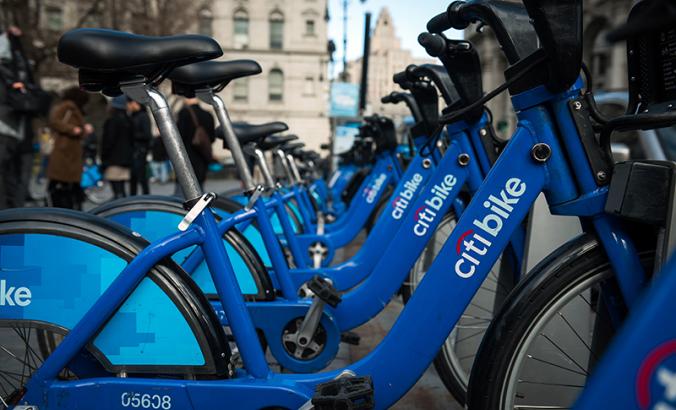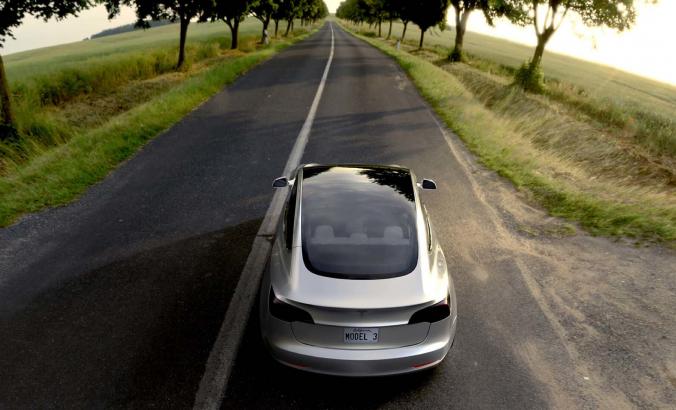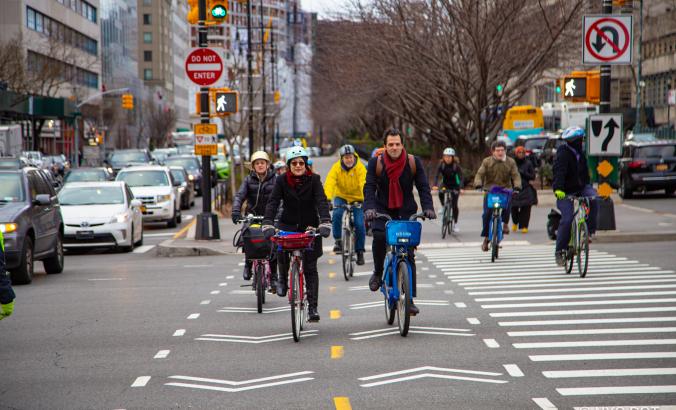Behind Uber's electric designs on London

Uber's recentannouncementthat it will start helping — and pushing — all its drivers in London to own and operate electric cars by 2025 isone part laudable bold move, one part necessity and one part smart PR strategy.
If you remember, London's transportation authoritydecided not to renewUber's license last year after the ridesharing company fell short on providing background checks and criminal reports on drivers. This summer, Uber regained a probationary license after it promised to do better and be a more helpful partner to England's capital. Uber's newClean Air London planis part of this overall positioning to work more closely with the city and prioritize things that the British metropolis cares about.
London, no doubt, has been a leader in trying to transition to lower emissions vehicles.Last year, the U.K. government said that it has a goal to ban sales of new fossil fuel-powered vehicles by 2040. In London specifically, the mayor recently introduced a 10-pound "toxicity charge" for older, polluting vehicles in the center of the city, followed by an"Ultra Low Emissions Zone"that will go into effect next year.
In reality, Uber's 100 percent EV goal couldn't happen if the city wasn't already architecting a future that caters to low emissions vehicles.Converting ride-hailing fleets to electric will be a difficult task because the cars are mostly owned by drivers (many of them low-income), and the vehicles travel very disparate routes and schedules, making accessing electric vehicle charging a potential burden. As Uber's electric vehicle lead Adam Gromisexplained earlier this year to Curbed: "Any EV driver is trying to operate this technology in a world that’s not built for them."
At theFleet Electrification SummitduringVERGE 18上个月,与会者讨论了一些问题s that companies and cities electrifying ride-hailing fleets will face. How do drivers buy these vehicles today at a reasonable cost when many promised mainstream models just aren't available yet? And who's going to pay for the cost of building out the charging infrastructure needed to support these drivers?Any EV driver is trying to operate this technology in a world that’s not built for them.
It'll likely be a lot harder for cities in California to answer those questions than it'll be for London. California recently passedNancy Skinner's bill, which calls on the California Air Resources Board to set targets for lower emissions associated with vehicle miles traveled on ride-hailing networks. The targets could encourage a combo of pooled rides and lower emissions vehicles.
在伦敦,超级19-cent-per——表示,它将增加mile "clean air fee" onto rides to create a $260 million fund to help Uber drivers convert to electric. Such rider fees could be more palatable in London where residents are used to high gas and diesel prices, and adequate public transportation is more accessible.
Electrification in London is one small part of Uber's overall broad strategy to morph from abrasive, city-disrupter (one that is starting to get aggressively regulated by cities) into amuni-friendly mobility playerthat provides ride-hailing and micro-mobility options. The company recently has acquired, and built out, new electric scooter and bike options in a variety of cities.
Uber's evolution is not about sustainability or environmentalism. Rather, it is born of necessity. It's the price of doing business in progressive cities that have learned a lot over the years around how to deal with tech companies. And if Uber doesn't meet those goals, itsplanned IPO next yearcould look a lot different.


